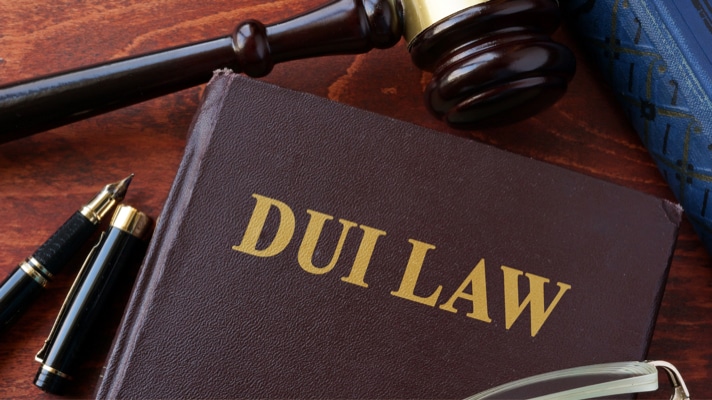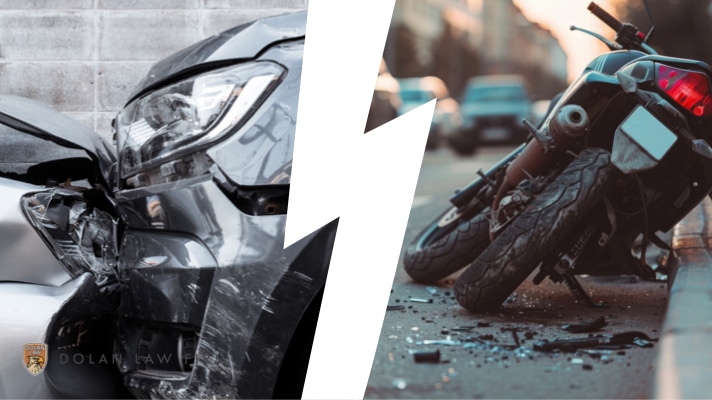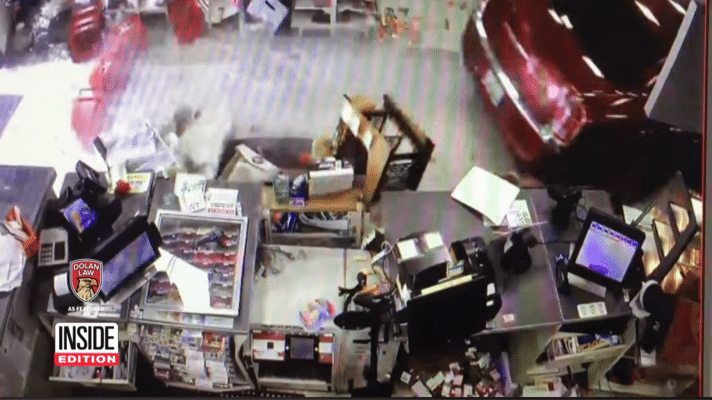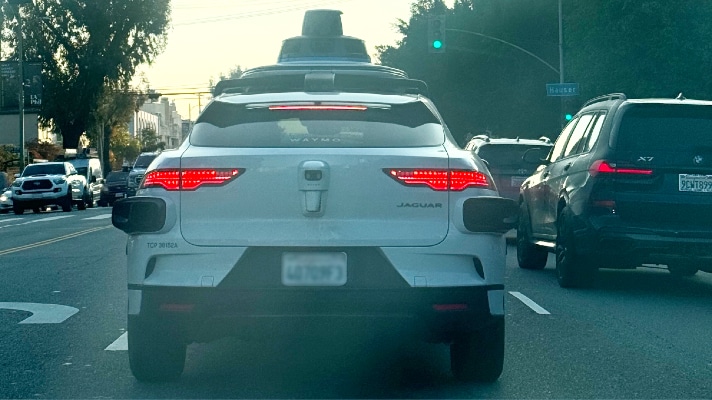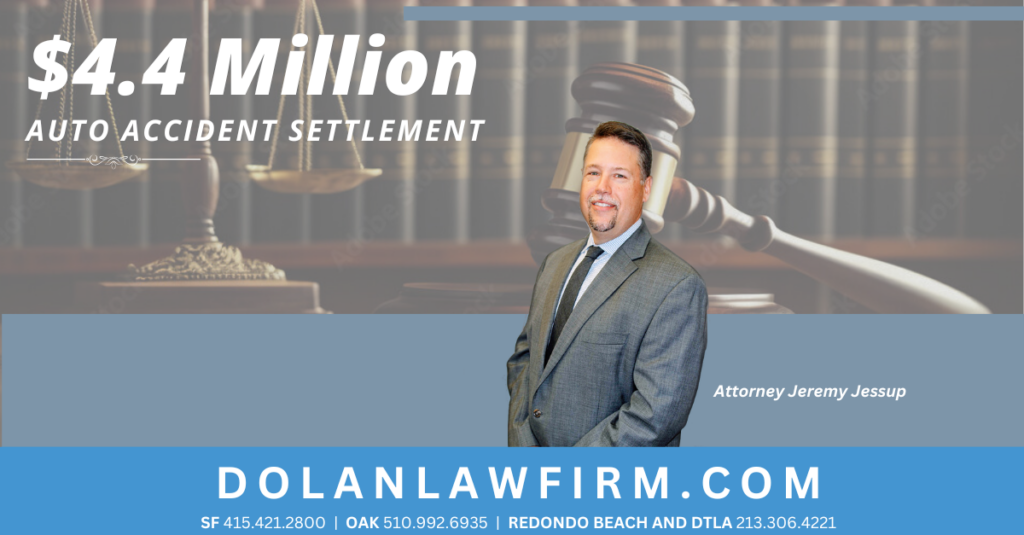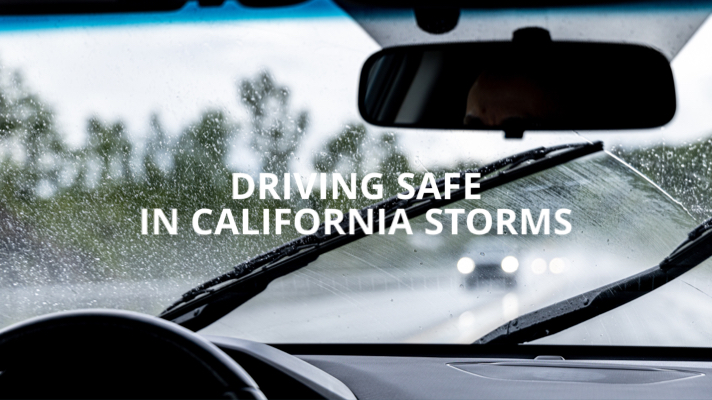Hit & Run: How Does Uninsured/Underinsured and Med Pay Work
Written By Chris Dolan and Kim Levy What insurance options exist for medical coverage for a hit-and-run or an accident involving an uninsured driver, particularly for pedestrians or car passengers? Is it enough to have health insurance? – Paula from San Francisco, CA Dear Paula, California law requires motor vehicle drivers to carry a minimum …
Hit & Run: How Does Uninsured/Underinsured and Med Pay Work Read More »


